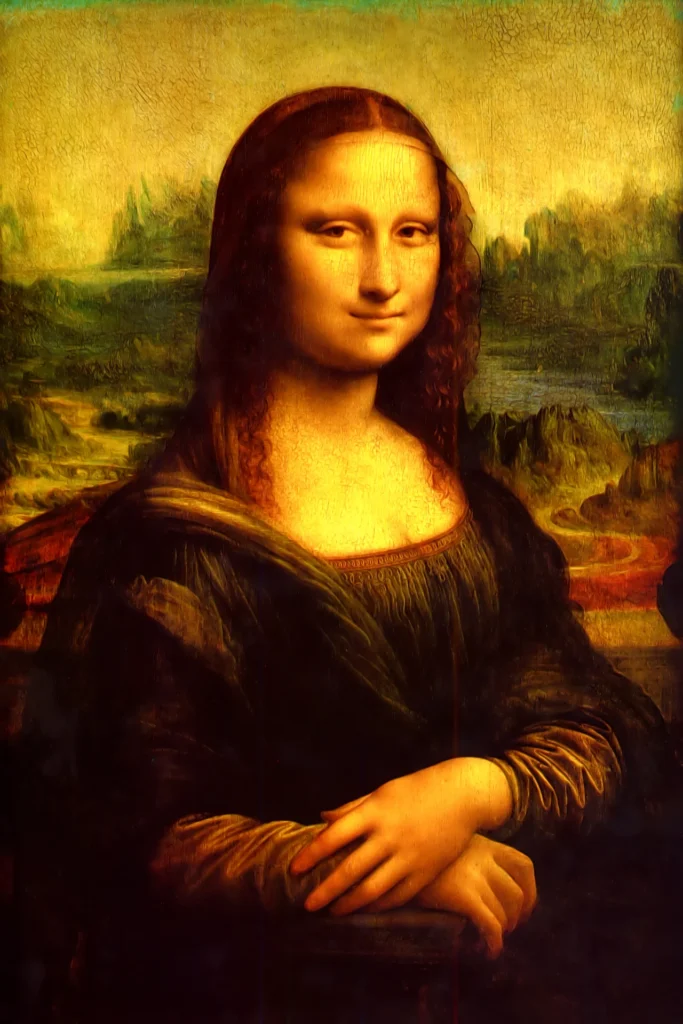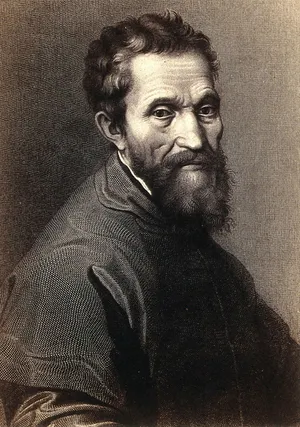
Pietro Perugino (c. 1446–1523) was an influential Italian painter of the Renaissance, known for his mastery of perspective and serene compositions. He was a key figure in the Umbrian school of painting and is often recognized as one of the early masters who paved the way for the High Renaissance.
Key Details:
- Early Life and Training: Born in Città della Pieve, Perugino likely trained in Florence under Andrea del Verrocchio, where he developed a strong foundation in the techniques of painting and perspective.
- Artistic Style: Perugino is known for his use of harmonious color, clarity of form, and delicate, serene figures. His compositions often display a sense of balance and tranquility.
Notable Works:
- “Madonna and Child”: Numerous versions exist, displaying his typical grace and the tender relationship between the figures.
Influence and Legacy:
- Perugino was a teacher to several notable artists, including Raphael, who would adopt and expand upon many of his techniques.
- His works convey moral and spiritual lessons while being visually engaging.
Themes:
- Many of his paintings focus on religious themes, often portraying scenes from the life of Christ and the Virgin Mary. His works are characterized by a sense of spirituality and devotion.


